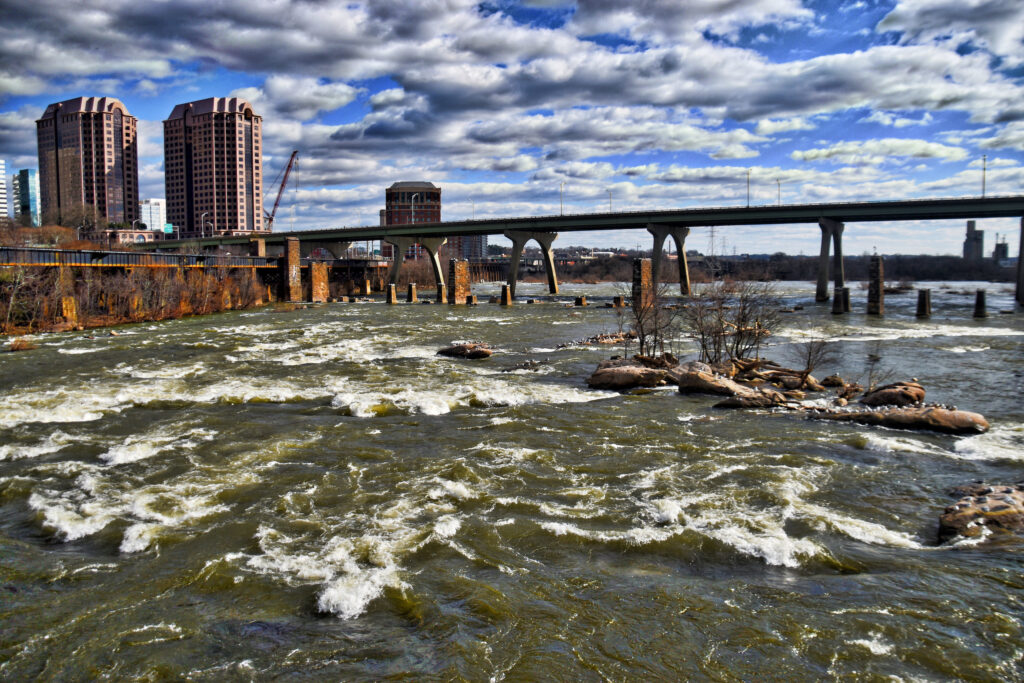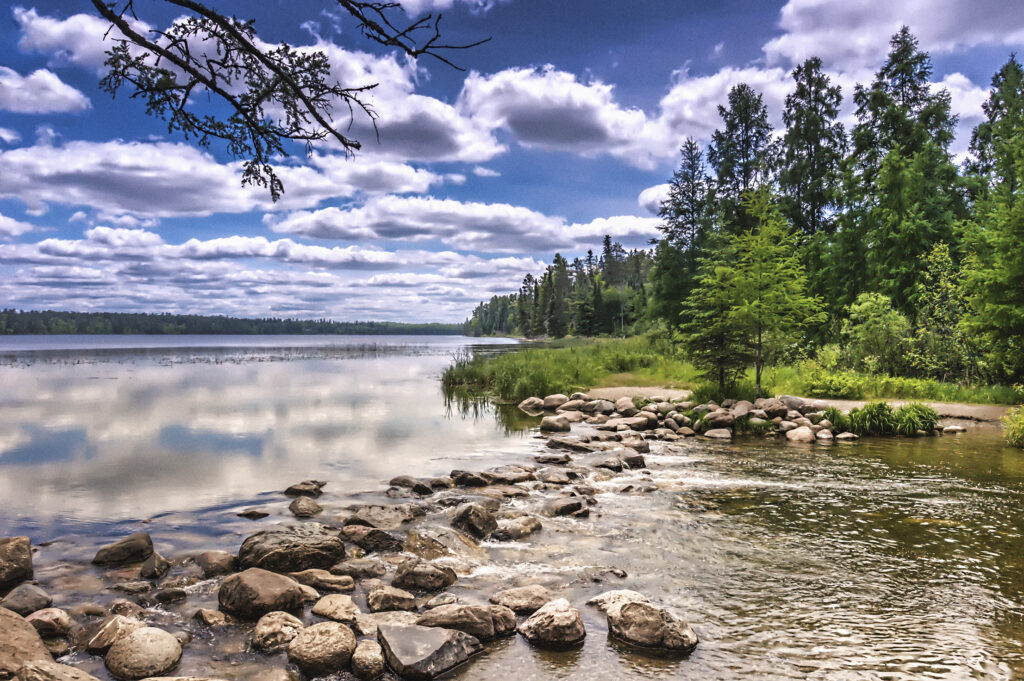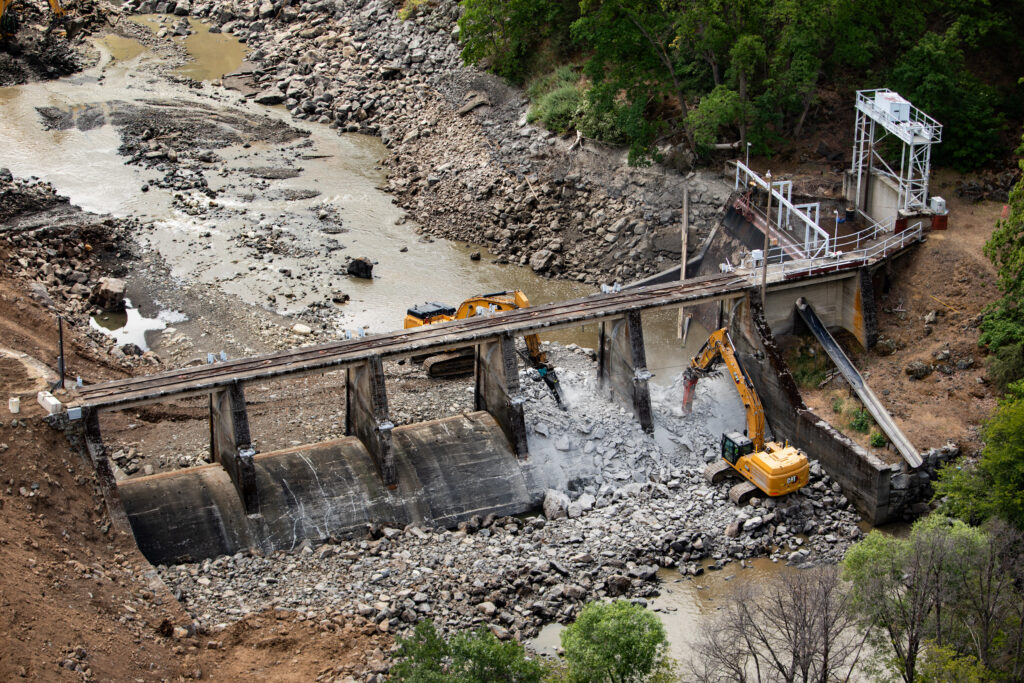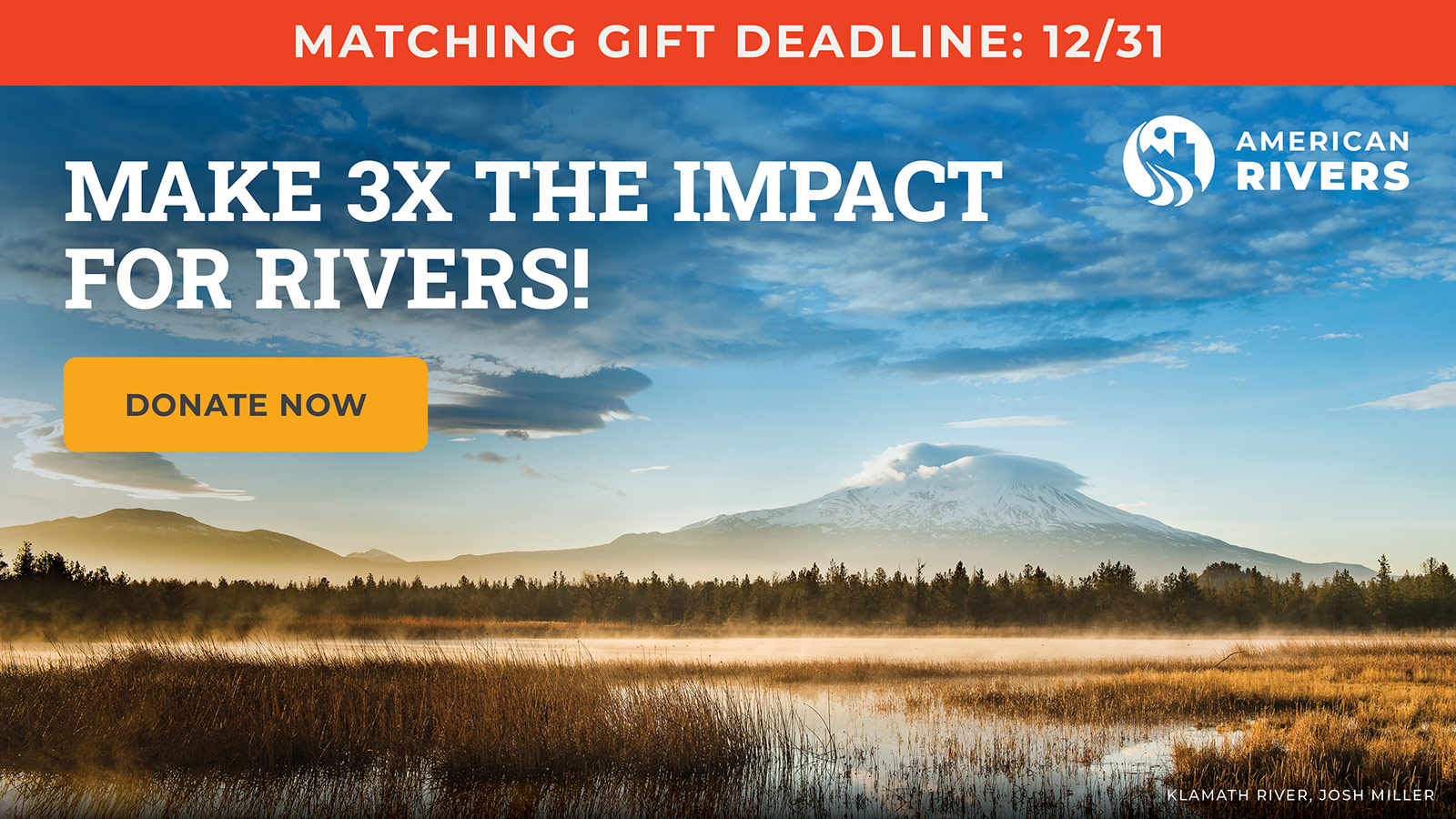Northeast
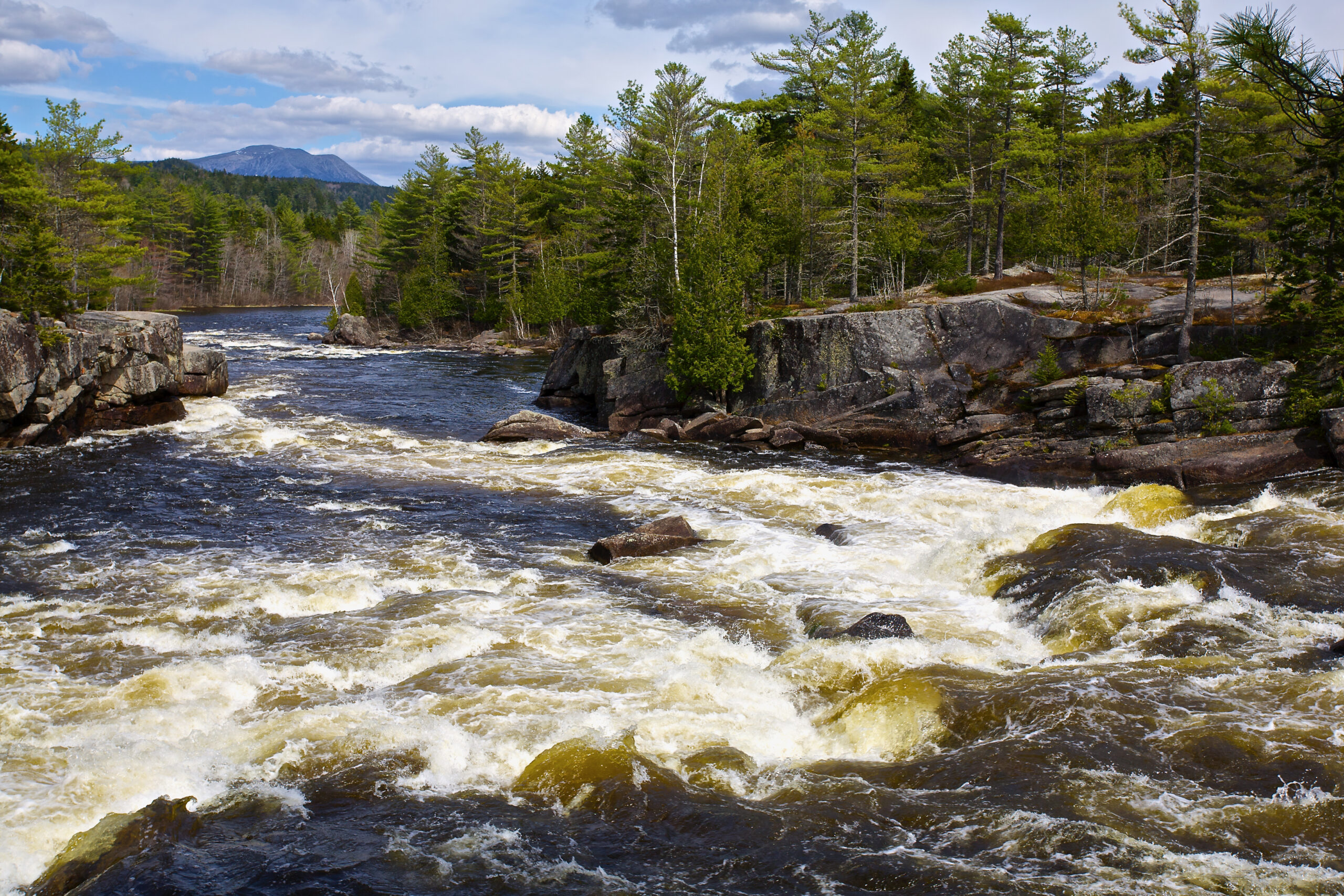
Rivers are the lifeblood of the health and economy in New England and New York. More than 30 million people in the Northeast get their drinking water from rivers. All wildlife depends on rivers and streams for water and habitat.
The economy depends on rivers for everything from watering crops to moving goods to sustaining commercial fisheries.
And yet our rivers have never been at greater risk due to climate change and aging infrastructure. We are already feeling the impacts of rising temperatures on the Northeast’s ecosystems, with warmer winters and increasingly severe storms and floods. Severe fragmentation by dams worsens climate change impacts on fish species, which are already in precipitous decline. In addition, drinking water infrastructure throughout the Northeast will crumble without immediate action.
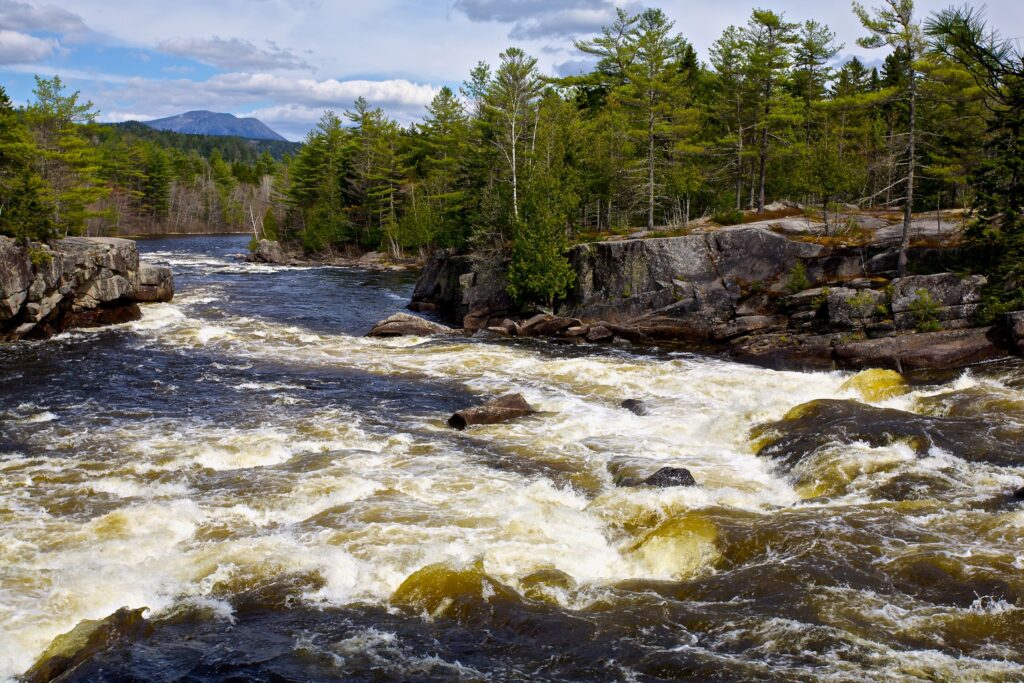
Let's stay in touch!
We’re hard at work in the Northeast for rivers and clean water. Sign up to get the most important news affecting your water and rivers delivered right to your inbox.
Key Issues
Across the Northeast, American Rivers is working to:
Restore rivers: Most of the 20,000 dams that fragment rivers of New England and New York no longer serve their original purpose. Many are at risk of failure with catastrophic results. Removing harmful dams is the fastest way to improve river habitat, water quality, recreational opportunities, and community safety.
Improve river health as hydropower dams are relicensed: Hydropower dams radically alter streamflow, decimate fish populations, impair water quality, and degrade wildlife habitat. The federal process to renew operating licenses for hydropower dams is a once-in-a-lifetime opportunity to reverse some of this damage. We will leverage relicensing to allow for low-carbon energy and healthy rivers.
Help communities to adapt to the threats of climate change: Flooding is the most frequent severe weather threat and the costliest natural disaster facing the nation. Reconnecting floodplains to rivers helps rebuild natural infrastructure to store and absorb floodwaters, provide habitat, filter pollutants, and recharge groundwater supplies.
Invest in clean water infrastructure to reduce pollution: With more support, we can work to ensure over $5 billion of federal funding will go where it is needed most and result in projects that keep polluted stormwater and sewage out of our rivers and communities.
Build powerful relationships: The problems facing rivers and their communities are large and can’t be fixed without strong collaboration and a partner-based approach. American Rivers seeks to build strong, collaborative relationships with other conservation groups and community-based organizations.
TRACK RECORD OF SUCCESS
Restoring Rivers: American Rivers was instrumental in the Edwards Dam removal on Maine’s Kennebec River in 1999 — the project that sparked a movement for free-flowing rivers in the U.S. and around the world. The removal was significant because it was the first time the federal government ordered a dam removed because the environmental costs outweighed the small amount of power generated by the dam. The success on the Kennebec shows that dam removal works: tens of millions of alewives, blueback herring, striped bass, shad, and other sea-run fish now travel up the Kennebec River, the biggest migration on the eastern seaboard. Abundant osprey, bald eagles, sturgeon and other wildlife have also returned. Twenty years later over 271 dams have been removed across New England by American Rivers and our partners, including 45 dam removals in Maine.
Investing in Clean Water: American Rivers worked extensively with groups in New England to advocate for stronger national stormwater pollution protections – resulting in a national-regional collaboration that resulted in new ideas applicable both to New England and other parts of the U.S. The local expertise and ideas developed by New England organizations became case studies that American Rivers was able to utilize in federal advocacy efforts with the Environmental Protection Agency as well as in other states, resulting in improvements in stormwater policy in places like California and the Mid-Atlantic.

